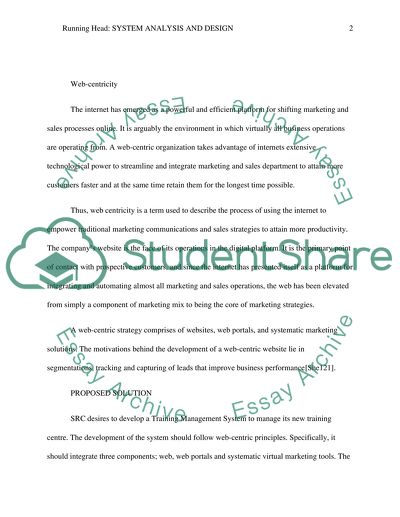Cite this document
(“System Architecture Tasks Assignment Example | Topics and Well Written Essays - 1500 words”, n.d.)
Retrieved de https://studentshare.org/information-technology/1491146-system-architecture-tasks
Retrieved de https://studentshare.org/information-technology/1491146-system-architecture-tasks
(System Architecture Tasks Assignment Example | Topics and Well Written Essays - 1500 Words)
https://studentshare.org/information-technology/1491146-system-architecture-tasks.
https://studentshare.org/information-technology/1491146-system-architecture-tasks.
“System Architecture Tasks Assignment Example | Topics and Well Written Essays - 1500 Words”, n.d. https://studentshare.org/information-technology/1491146-system-architecture-tasks.


